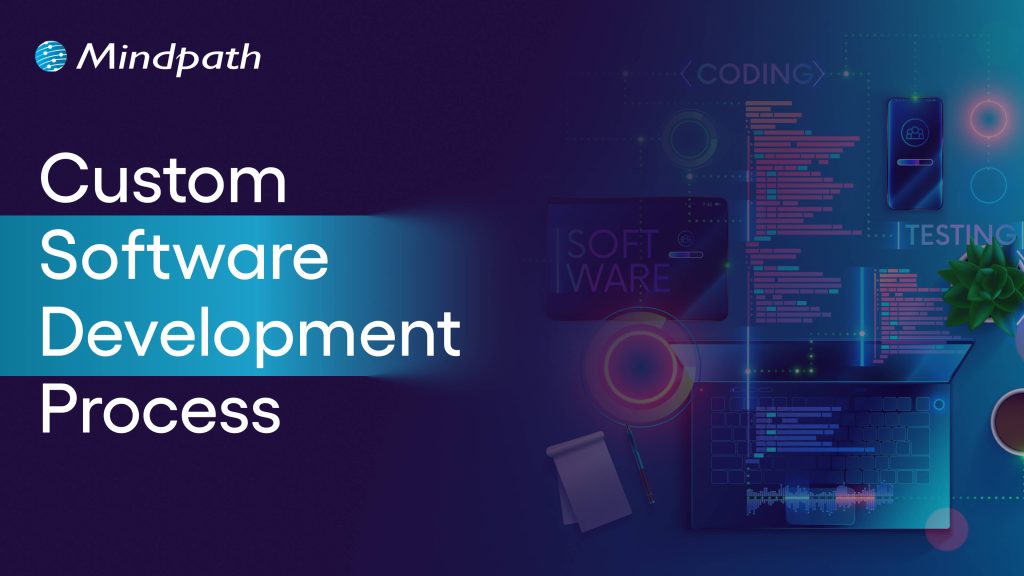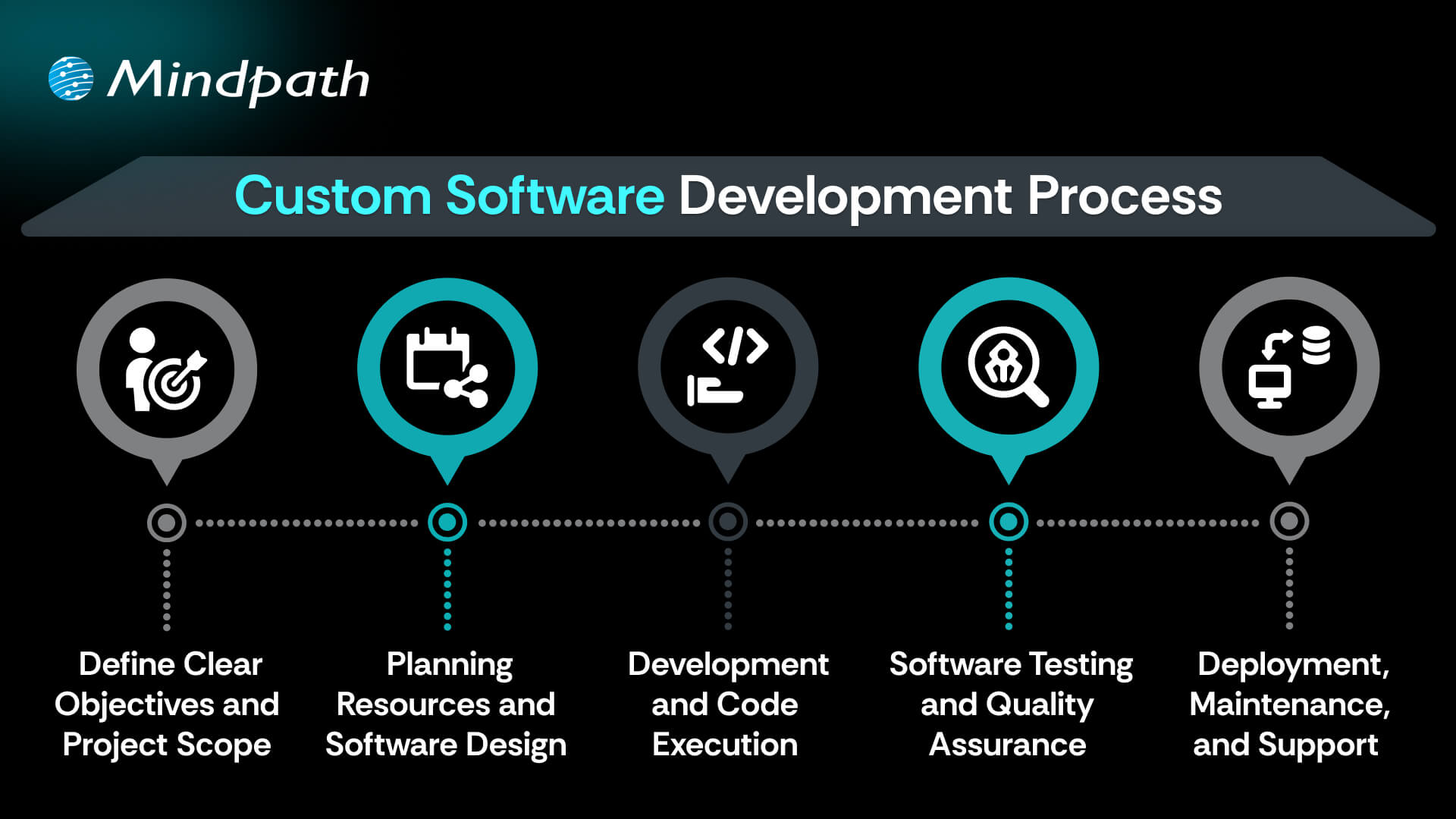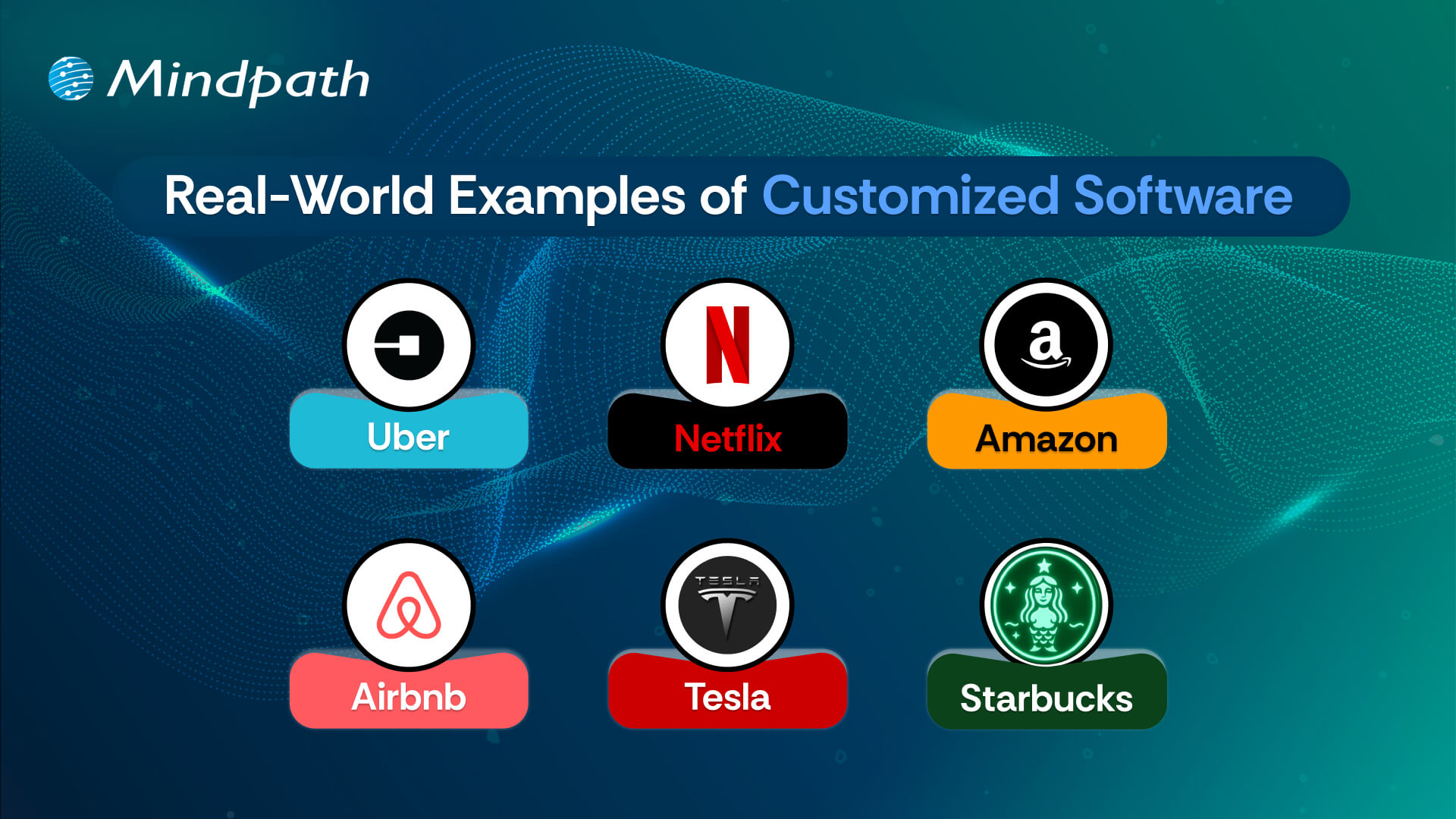1. Experience Level
2. Location Within California
3. Project Complexity
The development cost of a project increases as it becomes more complex. If your application requires complex functions such as real-time data updates, third-party integrations, or AI-powered features, expect to spend extra for qualified developers. Simpler projects with a minimal UI and functionality can require less resources, making them more cost-effective. Understanding project complexity allows you to more properly estimate developer expenses.
4. Specific Skills and Expertise
5. Employment Type
Finding the right ReactJS developer at the right cost can be challenging but Mindpath, makes it easy. We connect you with skilled developers who fit your budget and project needs—whether you’re looking for junior talent or senior expertise. With our flexible hiring models, you get cost-effective solutions without compromising on quality. Let’s build something great together!
Get in touch with Mindpath today and hire the best ReactJS developers in California!














